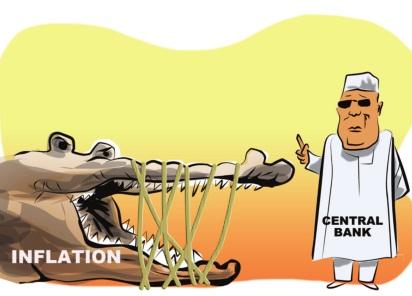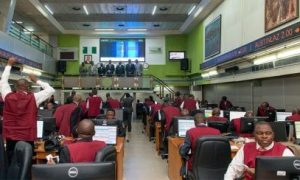This week, we focus on the monthly CPI data for May which showed a continued downtrend in consumer inflation for the second straight month. According to the NBS report, headline inflation rose by 22.97% y/y (Afrinvest projection: 23.50%) – its lowest print since rebasing – from 23.71% previously, driven by improvement in core and energy inflation. Notably, the moderation reflects the slowdown in monthly CPI growth to 1.5%, down from 1.9% in the previous month and the 2025-average of 2.3% (excluding the anomalous 10.7% m/m recorded in January).
Across components, food inflation moderated slightly to 21.1% y/y from 21.3% in April. However, this decline masked a 13bps uptick in monthly food prices growth to 2.2% resulting from households partially frontloading spending ahead of Eid-ul-Adha. For farm prices, the NBS data suggests a 22.4% m/m jump (April: 0.9%) which may be due to statistical adjustment – since it would imply a significant disinflation in processed (non-farm) food prices to offset the overall food index.
In contrast, the core items (excluding farm produce and energy) inflation eased to a 2025-low of 1.1% m/m and 22.3% y/y, down from 1.3% and 23.4% respectively. Notably, all core components saw a decline in monthly inflation, except for Restaurants & Accommodation Services (up 5.0% from 0.4%), and Financial Services (unchanged at 1.6%).
We view the moderation in May’s headline inflation as a positive outcome of improved FX stability, easing energy prices, and a slowdown in money supply growth. Specifically, the Naira appreciated by 0.7% m/m, closing at ₦1,586.15/$1.00. Additionally, prices in the energy sector declined by 0.4% m/m in May (April: +13.5% m/m). The monthly energy deflation was likely supported by reductions in Premium Motor Spirit (PMS) prices by Dangote Petroleum Refinery (and select independent marketers) which brought ex-depot prices down to a range of ₦875.00 to ₦905.00/litre across states and regions.
Although official PMS data for May is yet to be released, the series of PMS price cuts since February appear to have contributed to easing prices across the country – evident in April’s 1.8% m/m decline in the average pump price to ₦1,239.33/litre. Elsewhere, broad money (M2) growth has tempered to an average of 1.3% m/m and 20.3% y/y in 2025 (as of April), in contrast to 5.6% m/m and 75.5% y/y over the corresponding 2024 period.
While the positive strides in consumer price dynamics (especially core inflation) could set the stage for a potential rate cut by the MPC in H2, persistent risks in the food sector – stemming from agrarian and structural factors – are potent headwinds ahead. As noted earlier, food inflation has maintained above 2.0% m/m print since February, contrasting disinflation in core prices. According to the Famine Early Warning Systems Network (FEWSNET), below-average rainfall in the South along with shortened rains and conflict in the North could dampen crop yield for the year, extending the underwhelming 2024 main harvest episode.
Notwithstanding, the onset of green harvest in the Southern region could lift near-term food supply outlook. In June, food inflation is expected to remain sticky due to festive-related shopping. However, sustained currency appreciation and the lagged impact of PMS price cuts in late May are likely to counteract the impact of holiday-induced price hikes in some core items and keep the sub-component inflation modest. Overall, we project a 14bps uptick in monthly headline inflation to 1.7%, but an extended decline in y/y rate to 22.2% y/y, owing to high-base year.
Afrinvest



























